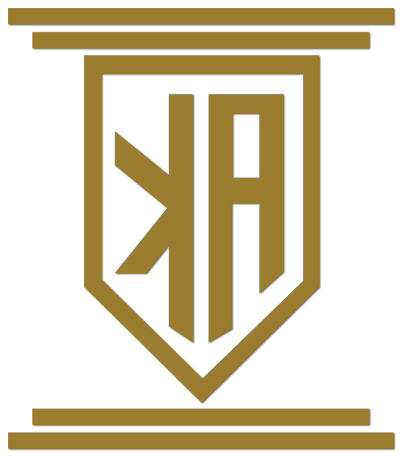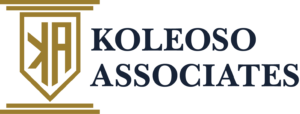International Central Bank Network
Bank of Canada, Reserve Bank of New Zealand, and Reserve Bank of Australia
In his final speech before retiring from the Bank of Canada, Deputy Governor Lawrence Schembri talks about the Bank’s contribution to advancing economic inclusion and opportunity for Indigenous peoples (Schembri, 2022).
The Bank has a role in advancing economic reconciliation with Canada’s Indigenous Peoples. We’re looking at ways to help Indigenous People share in economic prosperity more than they have in the past. We’ve been listening to our Indigenous partners and learning about the Indigenous economy including the History, Potential, and current challenges and opportunities (Schembri, 2022).
The Indigenous economy: 2022 vs 2025
Indigenous economies existed long before there was a Canada. Today, Canada’s Indigenous economy is worth $30 billion and is expected to more than triple in size over the next five years. It is expected to be $100 billion by 2025. But challenges still exist even before considering the economic impact of Covid-19 (Amato, 2020). Hence, we must remove more red tape and provide equitable grants/funding to (Métis, First Nation, and Inuit) support a booming economy (Schembri, 2022).
Canada, Australia, and New Zealand partner to learn about Indigenous economic issues and histories.
Along with Indigenous partners, the Bank of Canada, Te Pūtea Matua (Reserve Bank of New Zealand) and the Reserve Bank of Australia have formed a voluntary network to foster ongoing dialogue and raise awareness of Indigenous economic and financial issues (Bank of Canada, 2021).
- Bank of Canada: "The Bank of Canada wants to better understand the Indigenous economy and the obstacles and opportunities that Canada's Indigenous Peoples face," Governor Tiff Macklem said. “Our membership in this network provides us with an invaluable opportunity to learn from each other, to forge stronger bonds with Indigenous communities and contribute to making our workplaces and policies more inclusive.”
- Tulo Centre of Indigenous Economics: “As Indigenous peoples, we have institutional and economic successes to share, as well as policy and legislative challenges we continue to face. But today, I see the potential for a better tomorrow. Your commitment to work with each other and with us on these issues gives me hope.”
- Clarence (Manny) Jules, Chief Commissioner of the First Nations Tax Commission and Founder of the Tulo Centre of Indigenous Economics
The Central Bank Network for Indigenous Inclusion, established January 1, 2021, aims to share knowledge and best practices, promote engagement with Indigenous Peoples, and foster greater understanding and education about Indigenous economic issues and histories (Bank of Canada, 2021).
The network will focus on:
- Conducting research for and with Indigenous peoples on economic issues, including the development of best practices, such as using Indigenous data respectfully.
- Building cultural awareness, recruitment practices and other aspects of corporate culture to foster Indigenous inclusion within member organizations.
- Strengthening engagement practices with Indigenous groups and communities.
- Supporting economic and financial education for and about Indigenous peoples.
Bibliography
Bank of Canada. (2021, 4 27). Bank of Canada. Retrieved from Bank of Canada becomes inaugural member of new, international Central Bank Network for Indigenous Inclusion: https://www.bankofcanada.ca/2021/04/bank-canada-becomes-inaugural-member-of-new-international-central-bank-network-indigenous-inclusion/
Bank of Canada. (2021, 11 29). Bank of Canada. Retrieved from Opening Statement before the Symposium on Indigenous Economies: https://www.bankofcanada.ca/2021/11/opening-statement-291121/
Bank of Canada. (2022, 03 23). Bank of Canada. Retrieved from Bank of Canada to chair the Central Bank Network for Indigenous Inclusion in 2022: https://www.bankofcanada.ca/2022/03/bank-canada-chair-central-bank-network-indigenous-inclusion-2022/
Bank of Canada. (2022, 05). Bank of Canada. Retrieved from Identifying Financially Remote First Nations Reserves: https://www.bankofcanada.ca/2022/05/staff-discussion-paper-2022-11/
Schembri, L. (2021, 22 29). Bank of Canada. Retrieved from Call to action: #92: Business and reconciliation: https://www.bankofcanada.ca/wp-content/uploads/2021/11/presentation-291121.pdf
Schembri, L. L. (2022, 5 5). Bank of Canada. Retrieved from Supporting Indigenous prosperity: https://www.bankofcanada.ca/2022/05/supporting-indigenous-prosperity/



